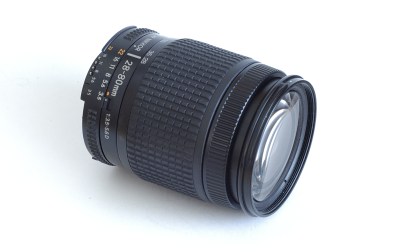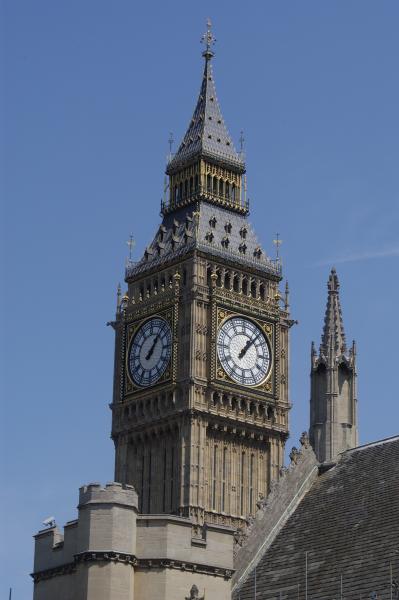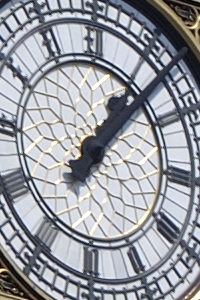
I'll keep this page as a collection of my opinions on the Nikon equipment I've used; these are not reviews complying to any standard, but rather collections of impressions gained through use.
 |
Nikkor 28-80 mm f/3.5-5.6 D Zoom Lens |
This unassuming little lens is the first Nikkor I bought, as it happened to be the kit lens for the first SLR I got, a Nikon F65. After reading on the net a lot of criticism on zoom lenses, especially kit lenses, and falling in love with the beautiful feel of manual Nikkors I dismissed this lens for a long while. However, I've since found a new appreciation for it.
The bad news on the lens are as follows: it is slow and has a variable aperture (as is evident from the specification) and while it does have a manual focussing ring, the ring's movement is very loose and hard to operate accurately. Hence, it is not a good partner for a fully manual body.
People who use a lot of filters may be bothered by the uncommon 58mm filter size and the fact that the front element rotates while focusing.
On the other hand, the zoom range is very useful on a film body (less so for a digital one), it is very light, and when used within its limits, it produces very nice results. With a lightweight AF body the lens couples well to form a small, easy to use package. Excellent for travelling light.
I believe it has been discontinued now, but used samples seem to go at the time of this writing for well under 100 euros in the second hand market, so the cost is not much of an issue either.
Below is an example of the sharpness the lens is capable of. The picture was taken handheld with a D100 body, 1/400s, f/10, zoom set to 66mm. The source raw image has been left completely unprocessed except for conversion for editing from NEF to TIFF by Nikon Capture 3, camera sharpening was set to "normal".
 A famous clocktower |
 100% crop from the original NEF file. Pretty good sharpness for a mere kit lens! |
Burzynski Collar for Nikkor 80-200mm f2.8 One-Touch |
 |
The Nikkor 80-200 mm f2.8 is a great lens. I've acquired the one-touch version, which has one ring for zooming and focussing. Unlike the two-touch version, the one-touch variant doesn't have a tripod collar. As the lens is quite heavy, mounting the camera/lens combination on a tripod using the camera mount will result in a very unbalanced setup especially if portrait shots are made without an L bracket.
Hence, there are aftermarket collars available. I bought the Burzynski collar, pictured above, from Isarfoto in Germany.
The collar foot is a large Arca-Swiss plate which has the usual 1/4 inch tripod screw thread in it. As I don't have an Arca-Swiss tripod head I cannot comment on the plate except that is seems like a good idea; I've used the screw thread with Manfrotto quick release plates. The collar balances the camera/lens combination in my experience very nicely (the camera usually being a D100).
Vertical orientation is achieved by loosening the black screw at the side (see image) and rotating the collar. As can be seen from the image, the distance scale can be read and the focus limiter is accessible through a rectangular hole.
The one criticism I have is that due to the width of the collar the focus/zoom ring is largely covered when the lens is zoomed to 80mm; this makes manual focusing a bit incovenient. Handheld shooting with the collar on is possible but for more than a few shots I prefer to remove the collar.
Update 08/02/2007 I've acquired a ballhead with Arca-Swiss clamp since the writing of this piece, and can now confirm the collar foot works quite nicely with the it.
Copyright (c) Hannu Mallat < hmallat at gmail dot com > 2005. Last updated Feb 08, 2007.